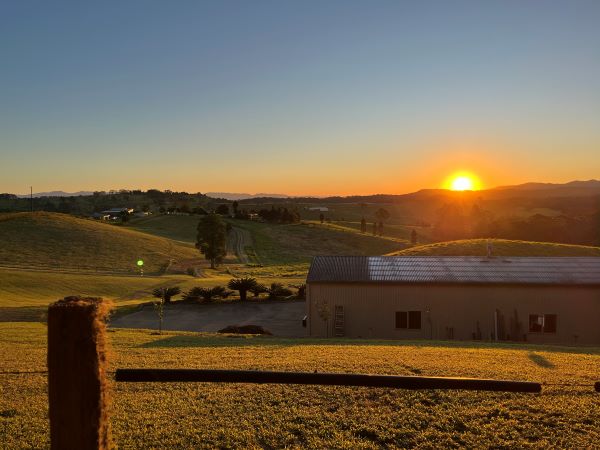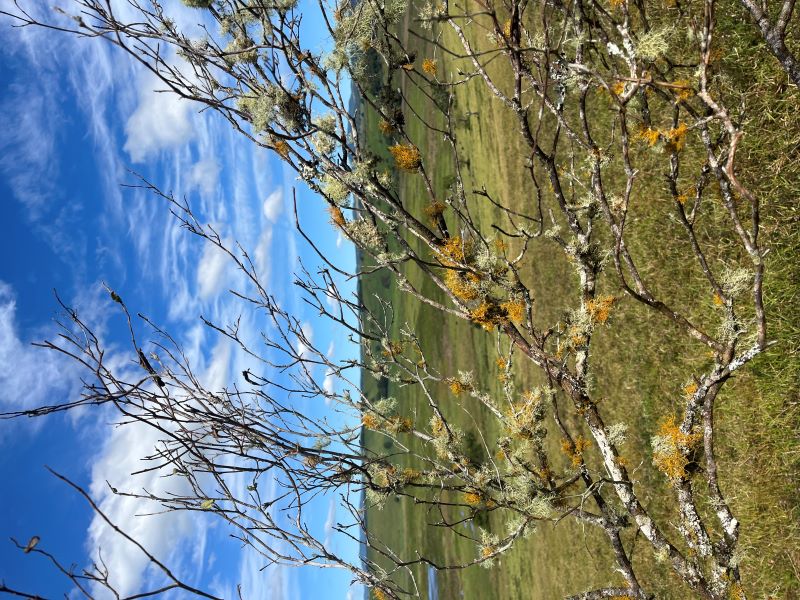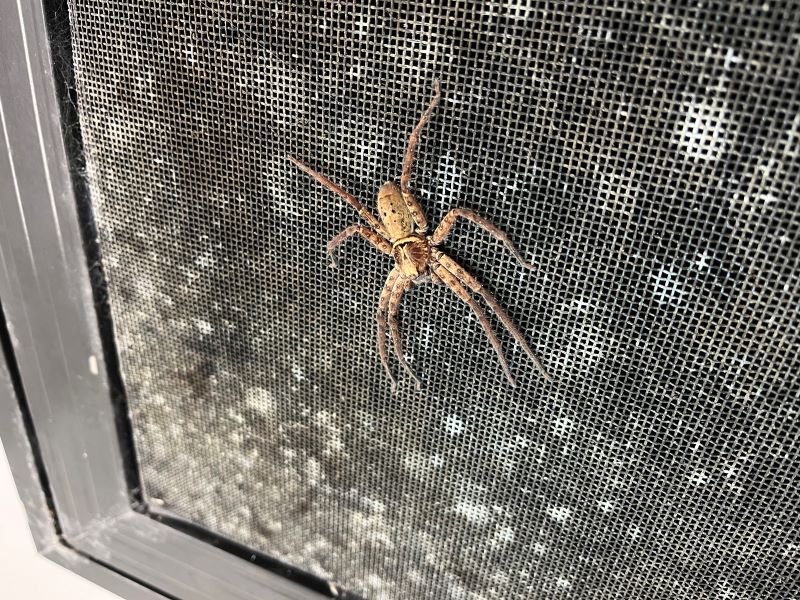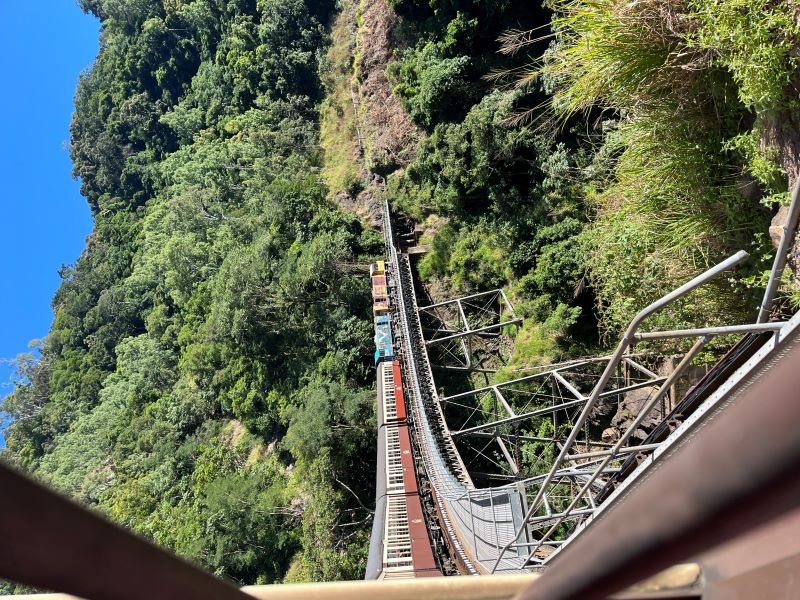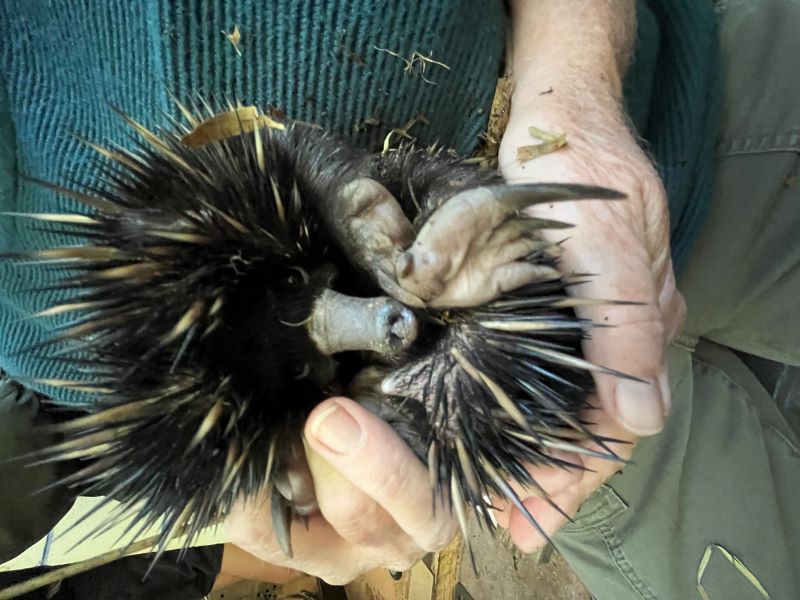Biology major researches marsupials in Australia’s rainforests
O ne of the biggest challenges at first was the lack of Wi-Fi.
“I was left pretty much alone on the other side of the world with people I had just met. But by the end of the trip,” Mears said, “I had made friends I didn't want to let go of, and returning home was the most difficult thing in the world.”
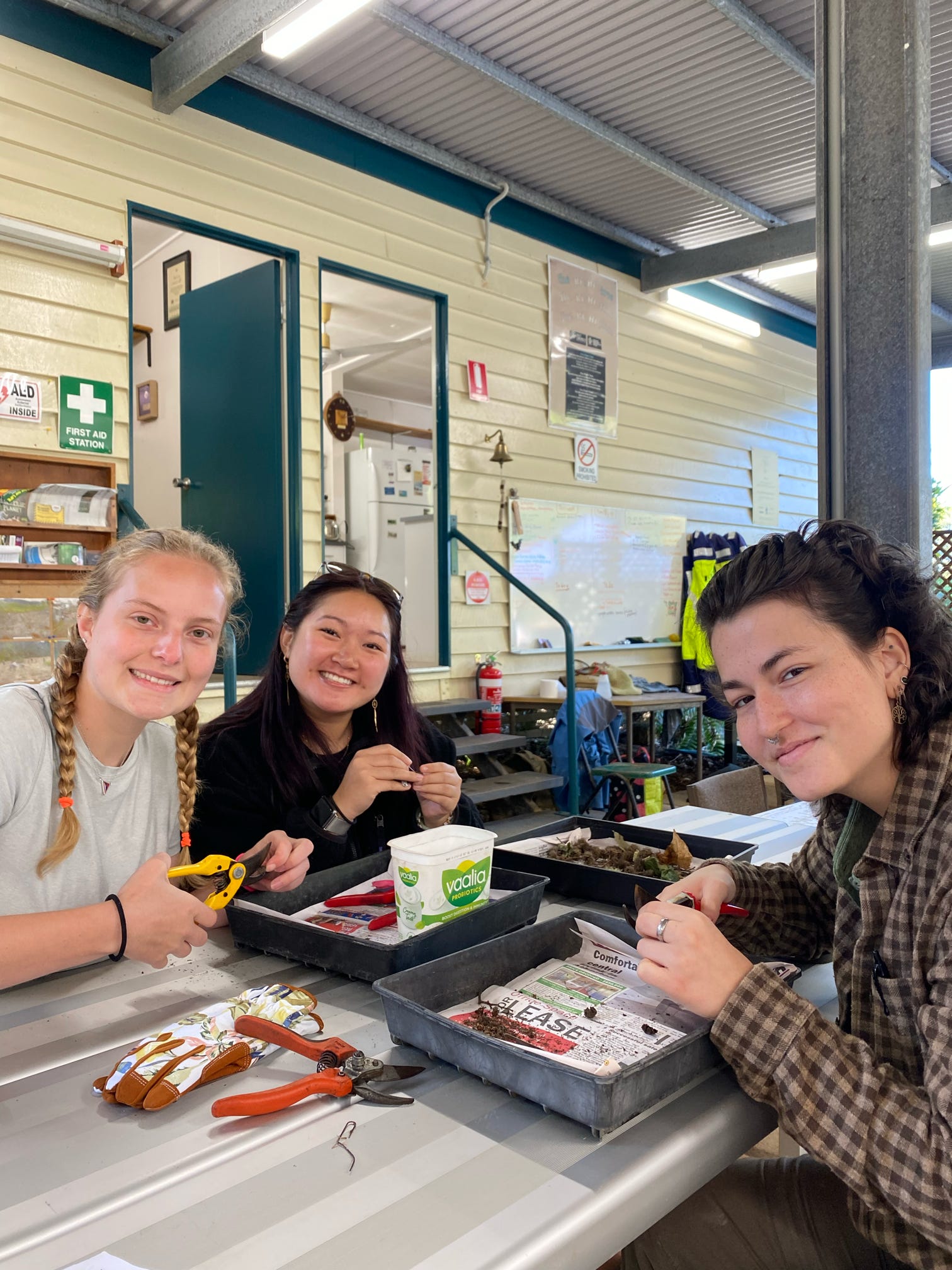
She decided on a month-long summer program with the School for Field Studies. The SFS Rainforest Studies Centre is in the Atherton Tablelands, a protected area of UNESCO’s Wet Tropics.
The endangered Mabi Rainforest is the only place in Australia where marsupial tree kangaroos live.
“We were isolated high in the mountains and deep in a rainforest and spent a lot of time studying the many marsupials of the area,” Mears said. “North Queensland has several different forest types, as well as savannas."
"We took many day trips to observe marsupials in their natural habitats," she said. "We camped in the savanna and made inventory of the behaviors of rock wallabies. We also went spotlighting in Curtain Fig National Park and noted which nocturnal marsupials we saw, such as striped possums and green ringtail possums."
Research involved setting trail cams and comparing three rainforests to see where the most marsupials lived. These included pouched mammals like Kangaroos, wombats (looks like a groundhog), bandicoots (a large, mouselike critter with a long nose) and opossums.
Mears learned much about the area’s history—from the Gondwanan supercontinent, an ancient land mass, to the teeth of Northern quolls, a small and cute but ferocious, spotted marsupial.
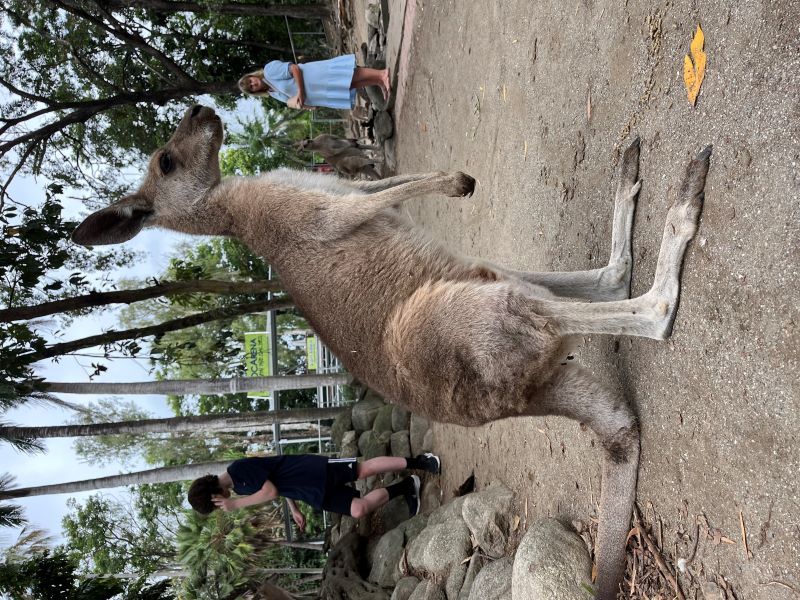 It was easy to find creatures they were studying. Mears discovered a bandicoot in their camp kitchen. She fed rock wallabies and watched them jump four times their body length from cliffside homes with young nestled in pouches.
It was easy to find creatures they were studying. Mears discovered a bandicoot in their camp kitchen. She fed rock wallabies and watched them jump four times their body length from cliffside homes with young nestled in pouches.
She saw exotic giant clams, snakes, spiders and porcupines.
“I learned a lot more about the fragmentation and subsequent conservation of rainforests than I anticipated,” Mears said. “My favorite tidbit is how wildlife overpasses are built out of ropes for marsupials to climb across so they can access different patches of habitat.”
In two long weekends in the nearby city of Cairns, Mears went skydiving, snorkeling and up a mountain by sky rail. She feasted on mushroom gnocchi and spent “an obscene amount of money on gelato and art.”
Now that Australia’s crossed off her bucket list of places to see—Mears knows the study-abroad experience will help on applications for graduate school.
She wants to get a master’s in forensic science and work as a crime scene investigator.

Learn more about the Empower Pillar in our Imagine 2030 Strategic Plan

